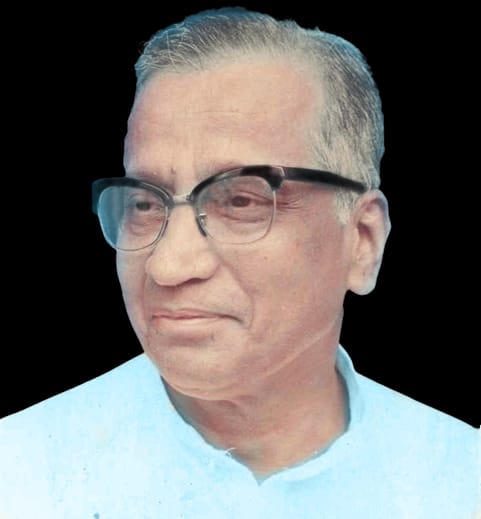Abstract
The issue of small and declining health sector financing by the central and state governments in India is addressed by the launching of National Rural Health Mission in 2005-06. Bottom up planning starting with village as unit used as the main strategy of NRHM to meet the region specific health needs would serve well to promote health sector development. The provision of effective and quality health services with a special focus on the backward districts with weak human development is also slated to be an important objective of NRHM. Analyzing the district level NRHM funds flow and expenditure in Karnataka the present paper argues that the district wise allocations are wrought with poor expenditure planning. Program implementation plans and allocations significantly vary from one another. Such deviations in the earmarking of planned funds defy the very purpose of stringent bottom up planning involving colossal manpower and financial resources to track the grass root felt needs. In addition such aberrations do not help the government in the achievement of professed outcomes. This is a serious lapse in NRHM implementation and can seriously distort the effectiveness of public spending and to be taken care of in future. Utilisation of the allocated resources is poor and there is absolute mismatch between the planned estimates for important components of NRHM like RCH, NRHM additionalities, Disease control program and Immunisation and actual expenditure.

